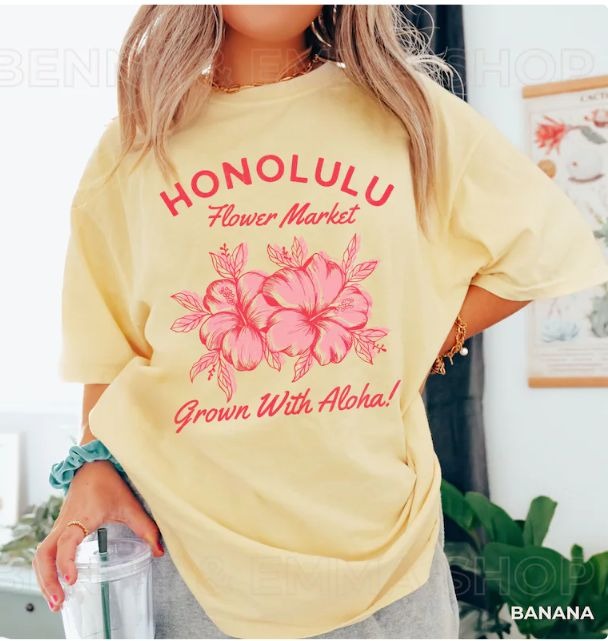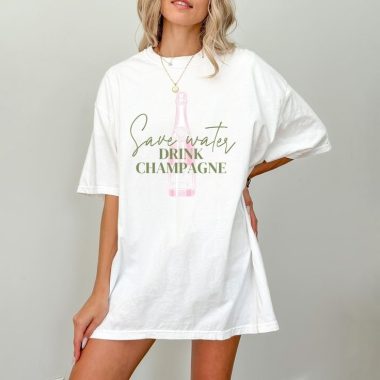Fashion is not merely the external wrapping of the human body—it is a deep and enduring manifestation of how people understand themselves and their world. It is a cultural force, an economic engine, a mirror of social movements, and an evolving archive of human imagination. To reduce fashion to fabric or brand names is to miss its richest truth: that it is a language of visual and material communication, capable of expressing the most intimate personal identity and the most sweeping societal shifts. Fashion lives in the everyday and the extraordinary. It shapes the rhythm of cities, colors the rituals of communities, and accompanies us through rites of passage, revolutions, and renaissances.
From the origins of civilization, clothing has played a role far more symbolic than functional. In the earliest tribal societies, garments were constructed not only to shield the body from the natural environment, but to signify one’s place in the universe. Fur and feathers were not simply chosen for warmth, but for the spiritual powers they were believed to carry. Paint and patterns were not just aesthetic choices, but sacred expressions. The body became a canvas upon which stories of survival, birth, death, and cosmology were painted. In these early forms of dress, fashion was ritualized—a sacred act of becoming. It served as both personal identity and collective memory.
As humanity moved into agrarian and then urban civilizations, fashion became a system of distinction. In ancient civilizations such as Babylon, Greece, Rome, and India, what one wore indicated religion, gender, occupation, and social rank. Fabric, color, cut, and accessories were not random—they were codified visual languages that expressed values, beliefs, and order. In Ancient Rome, the toga was a symbol of citizenship and male authority. In Ancient China, intricate robes marked Confucian ideals of hierarchy, harmony, and filial piety. In pre-Islamic Arabia and Africa, textiles told stories of tribal affiliation, spiritual ancestry, and sacred protection. These were cultures where dress and the sacred were deeply intertwined, where the body was not merely dressed but blessed.
The Middle Ages in Europe saw fashion become entwined with Christian morality and feudal law. Ecclesiastical garments, armor, peasant tunics, and aristocratic gowns all served distinct social purposes. Clothing was a visible structure of God-ordained order. Yet even within the rigidity of feudal society, fashion evolved. Color symbolism developed into complex social codes: black for piety, red for wealth, blue for royalty. Fabrics such as velvet, silk, and brocade were imported from the East via the Silk Road, expanding not only material possibilities but cultural exchange. These imports did more than alter style—they brought with them philosophies, technologies, and aesthetics that slowly reshaped European art and identity.
The Renaissance exploded fashion into an art form. In the courts of Florence, Venice, and later France, fashion was elevated to a cultural performance. Portraits from this era reveal garments that are not only technically astonishing, but psychologically expressive. The cut of a sleeve, the embroidery on a bodice, the drape of a cloak—each detail reflected not only wealth but intellect, education, and imagination. The fashion of this era was performative and poetic. It said: “This is not only who I am, but how I think.” The body became a theater upon which philosophy, art, and desire were performed.
The Enlightenment brought new dimensions to fashion—ideological ones. Clothing became a means of expressing reason, liberty, and individuality. Revolutionary France saw the powdered wigs and corsets of the ancien régime replaced with simple linen blouses and tricolor sashes. Dress was weaponized to express allegiance to revolutionary ideals. Later, in the 19th century, the rise of the bourgeoisie introduced a new kind of fashion—a fashion of respectability. For men, the black suit became a symbol of discipline, rationality, and control. For women, tightly fitted bodices and wide skirts reflected an ideal of domesticity and moral virtue. Yet beneath the surface, alternative movements stirred.
The Industrial Revolution transformed fashion into an industry. With the rise of textile factories, mass production, and standardized sizing, fashion began to lose its elite exclusivity. Middle-class consumers now had access to trends once reserved for the upper classes. Fashion journalism emerged. Fashion houses developed. Urban centers like Paris, London, and New York became laboratories of style, each with their own codes and cultures. But alongside this democratization came darker consequences: exploitative labor, colonial resource extraction, and the alienation of artisanship. The rise of consumerism was paralleled by the decline of authenticity. The relationship between the wearer and the maker became more distant.
The twentieth century shattered all previous definitions of fashion. In the wake of two world wars, the collapse of empires, and the rise of new ideologies, fashion became radically experimental. Coco Chanel challenged Victorian modesty by introducing trousers, boyish silhouettes, and the little black dress. Her designs did not just look different—they changed the way women moved, worked, and existed in public space. In postwar America, fashion expressed consumer optimism. In 1960s Britain, it became youth rebellion. From the miniskirt to the leather jacket, each new item of clothing was a cultural intervention. In the 1970s, fashion fragmented into subcultures: hippies, punks, disco queens, Rastafarians, feminists. Each group developed its own style as a kind of visual ideology.
The 1980s and 90s saw the commodification of cool. With the rise of MTV, advertising, and global branding, fashion became a spectacle. Logos became status symbols. Designers became celebrities. Supermodels walked runways like gods and goddesses. The body was idealized, often to harmful extremes. Yet at the same time, underground movements continued to challenge the mainstream. Streetwear emerged from hip-hop. Grunge rebelled against corporate slickness. And fashion increasingly began to reckon with questions of race, gender, and global power. Who was being represented? Who was designing? Who was excluded?
The digital revolution reshaped fashion in both visible and invisible ways. With the internet, fashion became more democratic, yet more fragmented. Bloggers, influencers, and online boutiques decentralized style authority. No longer did fashion flow from Paris or Milan alone. Style now emerged from Seoul, Nairobi, Jakarta, and Mexico City. Simultaneously, fast fashion chains like Zara and H&M sped up the trend cycle, flooding the world with disposable clothing. The price of access came at a tremendous ecological and ethical cost. Garments became faster, cheaper, and shorter-lived. Landfills overflowed. Factory workers suffered. Fashion, once a medium of art and identity, risked becoming a tool of environmental destruction.
Yet fashion is not static—it responds. In recent years, a new consciousness has emerged. Sustainability has become not only a buzzword, but a necessity. Designers are rediscovering traditional textiles, local dyes, and handcrafted techniques. Upcycling, slow fashion, and clothing repair movements are gaining traction. Young consumers are using their purchasing power to support ethical brands, thrift stores, and circular economies. Meanwhile, digital fashion—clothing that exists only in virtual space—is opening new frontiers of creativity while reducing material waste. In the metaverse, avatars wear garments made of flame, clouds, or pixelated glass. Here, fashion is no longer bound by gravity or physical form.
Fashion is also confronting long-standing norms around gender and identity. The rise of non-binary, queer, and gender-fluid design is not a trend—it is a structural shift. More and more designers reject the binary division of men’s and women’s wear. Collections are becoming inclusive of diverse body types, skin tones, and abilities. The fashion runway, once a place of strict hierarchy, is becoming a space of storytelling, healing, and redefinition. Brands are being challenged to look inward, to reflect the world they claim to represent. Fashion, in this moment, is becoming more self-aware.
But what remains constant through all these epochs, all these revolutions, is fashion’s essential role as a tool of expression. It is how people announce themselves to the world, how they hide, how they rebel, how they belong. Fashion is how the young assert freedom, how the oppressed claim dignity, how the grieving seek comfort, how the hopeful dare to dream. It is not always glamorous or just—it has been used for exclusion, manipulation, and exploitation. But it also holds immense potential to imagine new futures, to mend wounds, to tell the untold.
The future of fashion is being shaped not just in design studios or shopping malls, but in classrooms, protests, archives, and digital spaces. It is being shaped by artists, artisans, programmers, historians, farmers, and activists. It will need to be more circular, more conscious, and more inclusive. But above all, it must remain alive to its role as a reflection of the human journey.
Fashion is never just about clothes. It is about culture, courage, and connection. It is the shared language of texture, form, and color that binds us to our ancestors, our neighbors, and our future selves. Every outfit is a sentence in the ongoing poem of humanity. Every trend is a note in the great symphony of change. And every person, whether they wear couture or secondhand, is both author and actor in the never-ending play of fashion—a living art, woven from the threads of who we are and who we wish to become.



